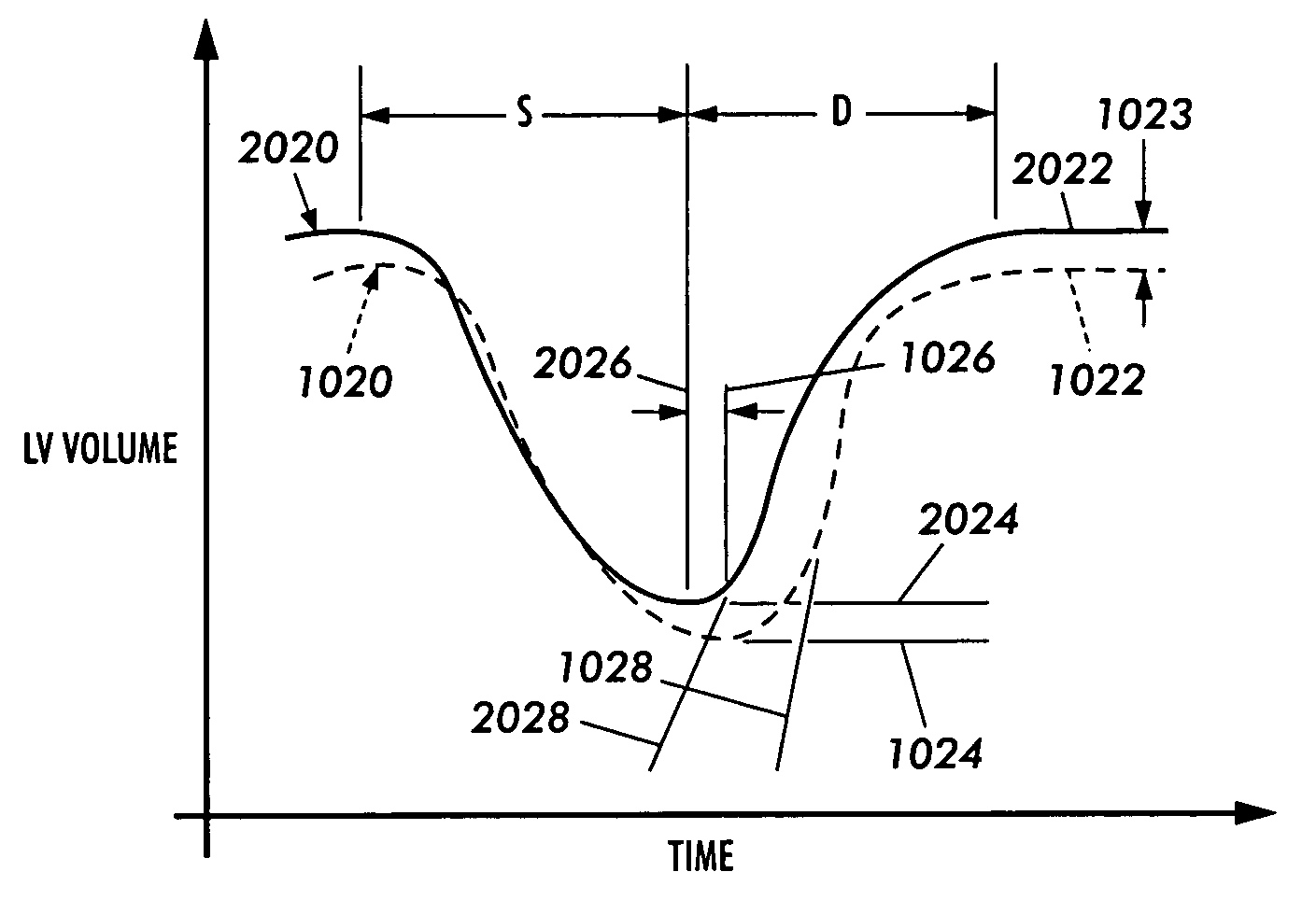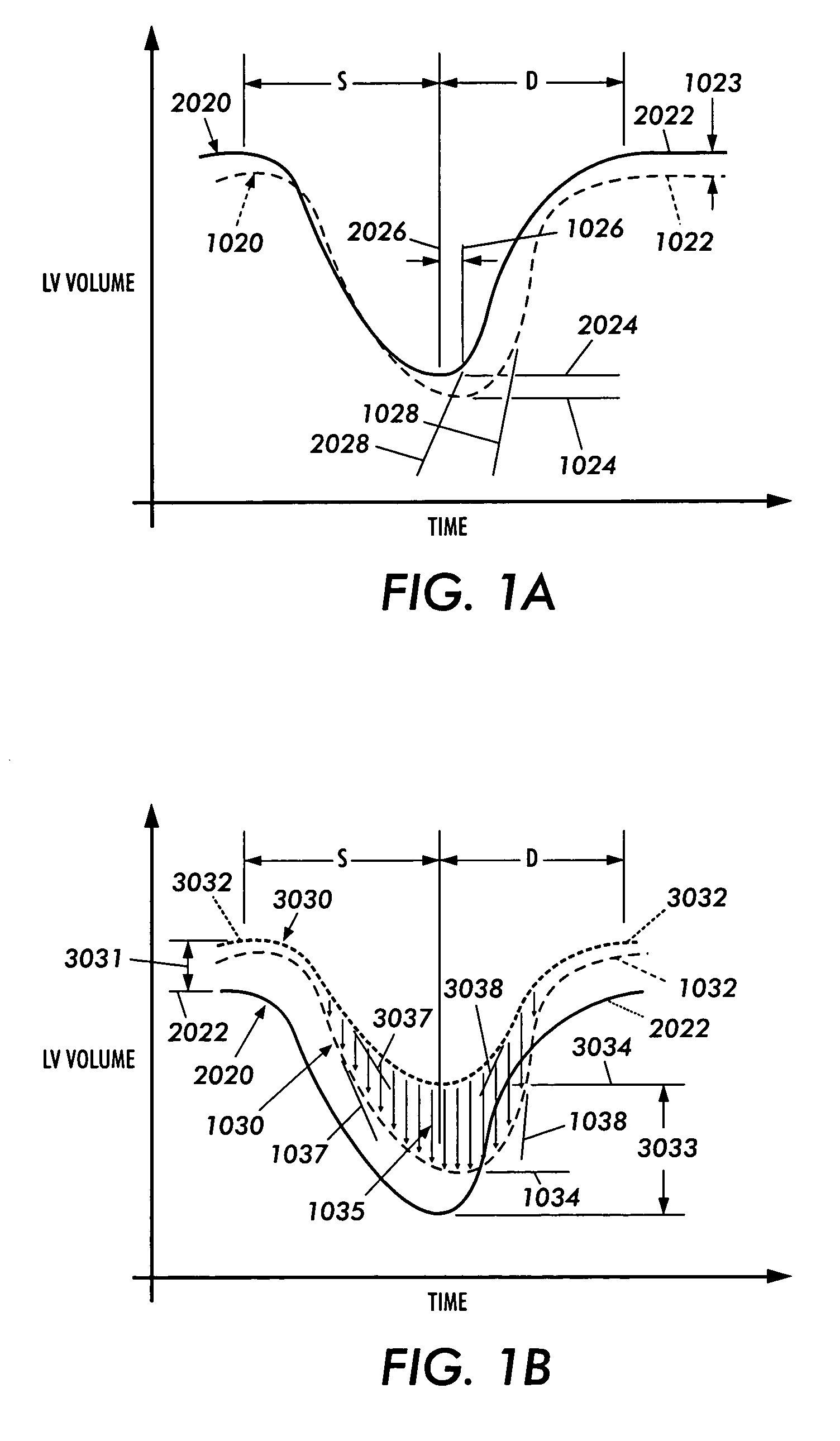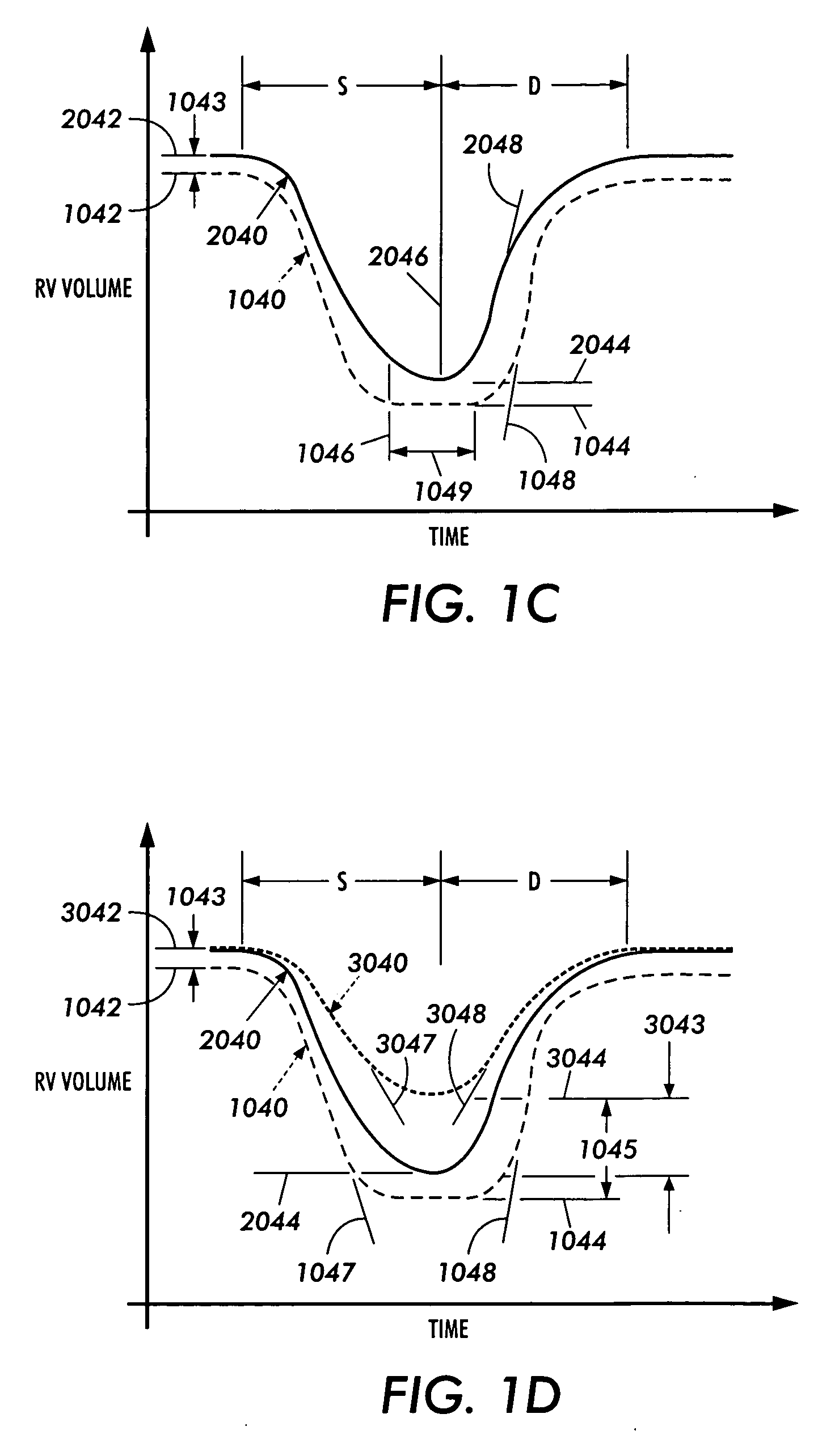Method and apparatus for direct mechanical ventricular actuation with favorable conditioning and minimal heart stress
a mechanical ventricular and conditioning technology, applied in the direction of epicardial electrodes, heart stimulators, therapy, etc., can solve the problems of loss of life before adequate circulatory support, non-blood contacting devices similar, and insufficient cardiac output, so as to achieve quick and simple procedures
- Summary
- Abstract
- Description
- Claims
- Application Information
AI Technical Summary
Benefits of technology
Problems solved by technology
Method used
Image
Examples
Embodiment Construction
[0141] For a general understanding of the present invention, reference is made to the drawings. In the drawings, like reference numerals have been used throughout to designate identical elements.
[0142] In describing the present invention, a variety of terms are used in the description. Standard terminology is widely used in cardiac art. For example, one may refer to Bronzino, J. D., The Biomedical Engineering Handbook, Second Edition, Volume I, CRC Press, 2000, pp. 3-14 and 418-458; or Essential Cardiology, Clive Rosendorf M.D., ed., W.B. Saunders Co., 2001, pp. 23-699, the disclosures of which are incorporated herein by reference.
[0143] One may also refer to the following publications and references thereof from which FIG. 36 and FIG. 37 in particular are derived, the disclosures of which are incorporated herein by reference:
[0144] Aoki H, Richmond M, Izumo S, Sadoshima Jm(2000). Specific role of the extracellular signal-regulated kinase pathway in angiotensin II-induced cardiac...
PUM
 Login to View More
Login to View More Abstract
Description
Claims
Application Information
 Login to View More
Login to View More - R&D
- Intellectual Property
- Life Sciences
- Materials
- Tech Scout
- Unparalleled Data Quality
- Higher Quality Content
- 60% Fewer Hallucinations
Browse by: Latest US Patents, China's latest patents, Technical Efficacy Thesaurus, Application Domain, Technology Topic, Popular Technical Reports.
© 2025 PatSnap. All rights reserved.Legal|Privacy policy|Modern Slavery Act Transparency Statement|Sitemap|About US| Contact US: help@patsnap.com



